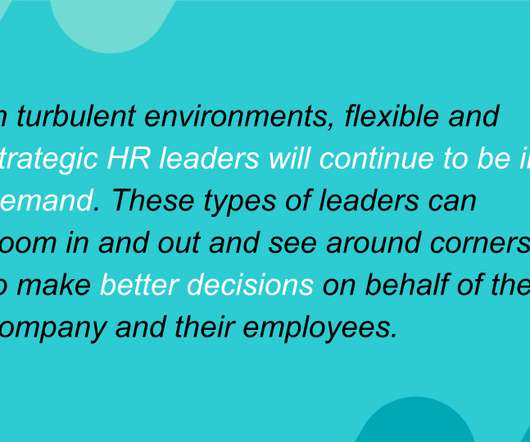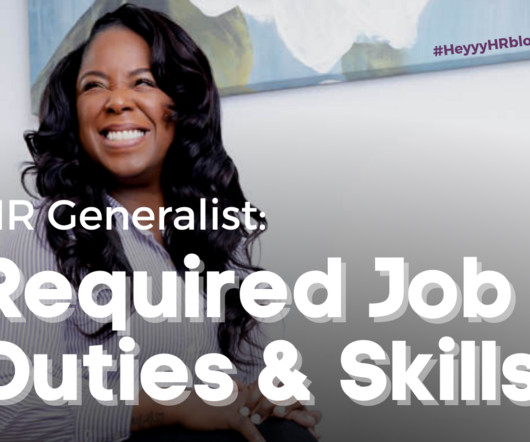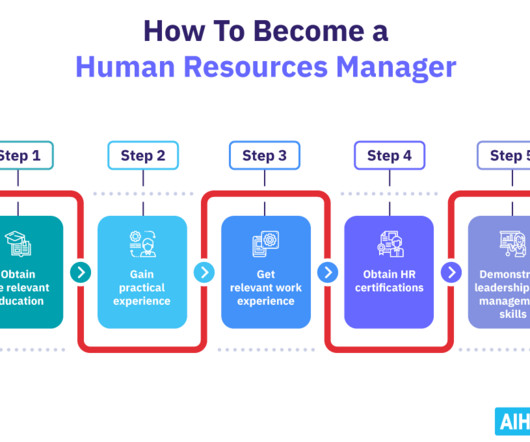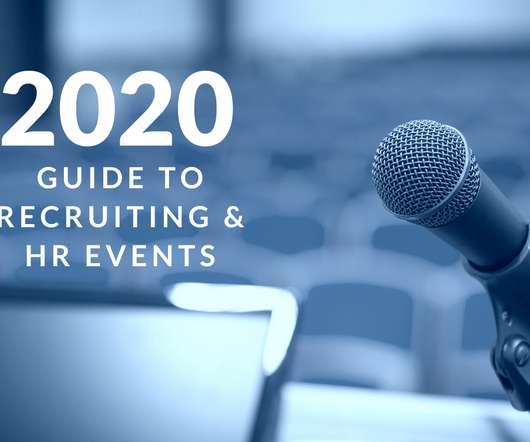Why Strategic HR Leaders Will Stay in the Spotlight Post-Pandemic
Visier
JUNE 28, 2021
Strategic HR leaders, who typically excel at examining how individual parts impact the whole, will benefit from using analytics-driven planning to get an end-to-end view of—not only how the organization operates—but also its past, present and potential futures. This makes it difficult to create one plan, let alone multiple.





























Let's personalize your content